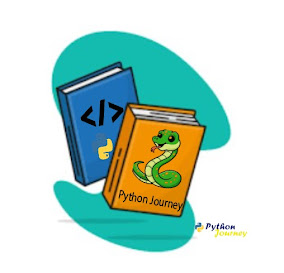Introduction:
Python is one of the maximum popular and fastest developing programming languages inside the international. It's used for all forms of tasks, which includes web programming and statistics evaluation, and it has emerged as the language to examine for machine getting to know. That reputation manner Python builders are in demand, and Python programming jobs can be profitable.
The above-referred to motives are why it is probably a terrific concept to be able to discover ways to application in Python. This module will offer an introduction to using Python to construct an app, which may be a starting point to turning into a Python programmer.
Learning Objectives:
- What Is Python?
- Installing Python
- Setting up a development environment (IDEs, Jupyter Notebooks).
- What Is Python:
- Python is simple and easy to understand.
- It is interpreted and platform-independent which makes debugging very easy.
- Python is an open-source programming language.
- Python provides very big library support.
- Understand Python Syntax and Structure:
Python's syntax is designed to be intuitive and clean to examine, making it available for novices. Here are a few key elements of Python's syntax and shape:
Execute Python Syntax:
As we learned inside the preceding page, Python syntax can be finished by way of writing immediately inside the Command Line
Indentation:
Indentation refers to locations at the beginning of a line of code.
Where in other programming languages, indentation is only for readability in code, indentation in Python is very important.
Python uses indentation to represent a block of code.
Comments:
Comments may be used to provide an explanation for Python code.
Comments can be used to make the code extra readable.
Comments can be used to save you execution while checking out code.
Comments begins with a #, and Python will forget about them,











0 Comments